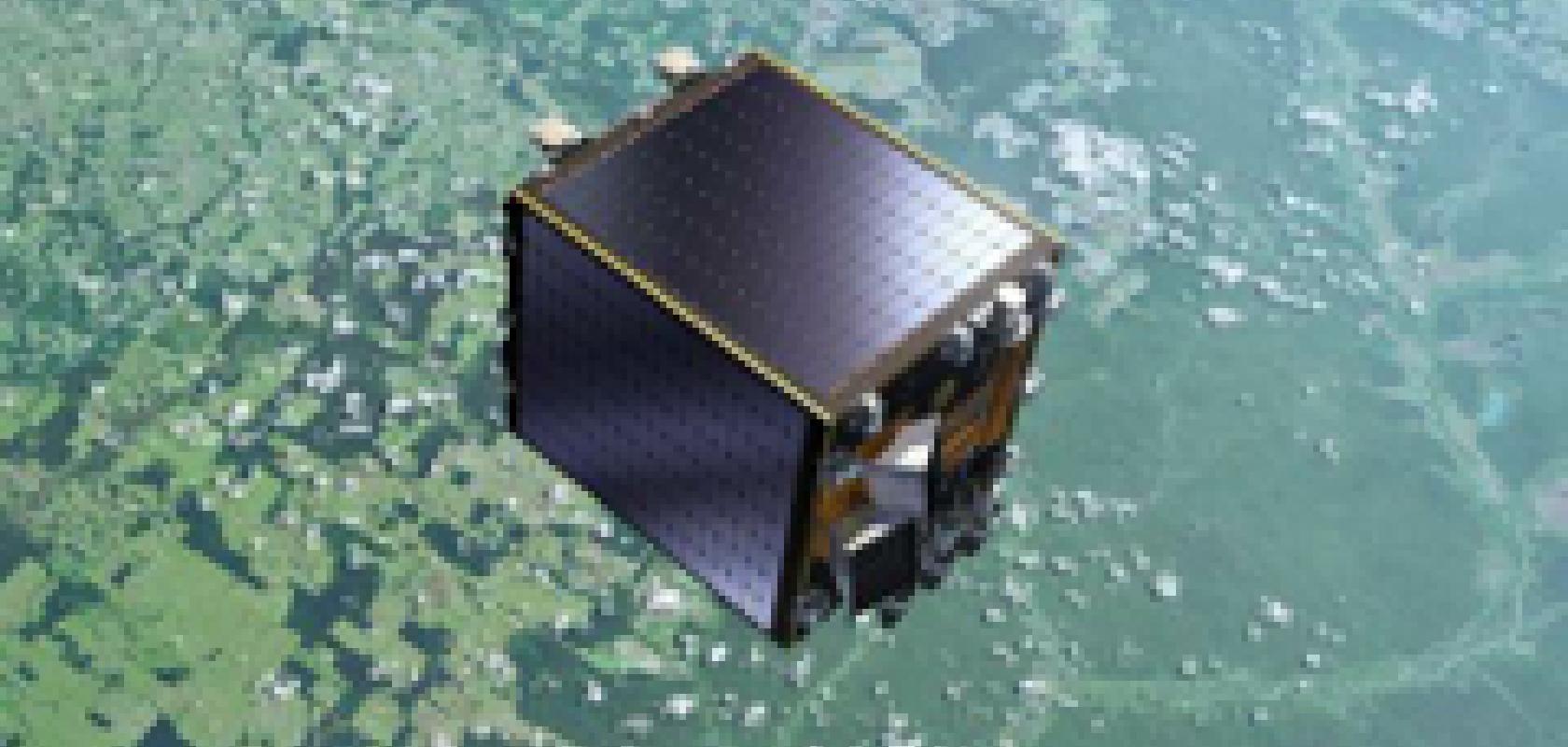High-performance image sensors from e2v and Xenics have been launched into space on-board Proba-V, an Earth observation microsatellite specifically designed to chart global vegetation.
For almost 15 years the vegetation instruments on-board the Spot 4 and 5 Earth observation satellites have monitored and mapped worldwide vegetation, providing essential information on crops, droughts, desertification, changes in vegetation and deforestation. These instruments will become unavailable later this year – and, while ESA’s Sentinel 3 satellites will eventually take over the supply of this information, they will not be operational in time to take over.
The European Space Agency (ESA) has specifically designed Proba-V, which is equipped with a miniature version of the vegetation sensor that is on-board Spot 5, to chart global vegetation every two days and provide a continuity of service to the community of more than 10,000 users.
Proba-V is equipped with an e2v AT71547 CCD image sensor. This particular sensor is made up of four lines of 6,000 pixels each. e2v provided a custom solution for this mission by mounting and positioning the window on the image to meet the stringent requirements of this multispectral application.
Jean-Charles Terrien, marketing manager of high performance imaging at e2v, said: 'We are very pleased to have continued our successful relationship with OIP and supplied high performance image sensors for the Proba-V mission.
'We worked closely with OIP to provide a customised imaging solution for the project, which will now help to provide a continuation of service for global users of data on applications such as land, disaster monitoring and the biosphere.'
Three of Xenics' new Xlin-1.7-3000 SWIR InGaAs detectors are also on-board the satellite. The Xlin-1.7-3000 consists of three individual InGaAs sub-arrays of 1,024 square pixels (25 x 25µm) each. They aremechanically butted on a gold-coated boat and mounted on an alumina substrate, together with three individual readout-ICs (ROIC). The overlap of 20 pixels enables perfect stitching of three individual images to a continuous line of 3,020 pixels over a length of 75.5mm.
The ROICs are designed for maximum flexibility. Thus, on-board the Proba-V mission many of their operational parameters can be controlled in real time to adapt the detectors' characteristics tospecific observation conditions and get the best value in terms of line periodand integration times (1µs to 1sec).
e2v's image sensors have also been launched into space on-board Vietnam's first optical Earth observation satellite, the Vietnam Natural Resources, Environment and Disaster Monitoring Satellite (VNRED Sat-1). VNRED Sat-1 will monitor and study the effects of climate change, predict and take measures to prevent natural disasters, and optimise the management of Vietnam’s natural resources. It will do this by monitoring the shape of Vietnam’s coastlines, the erosion of its rivers and the condition of its crops and forests.


